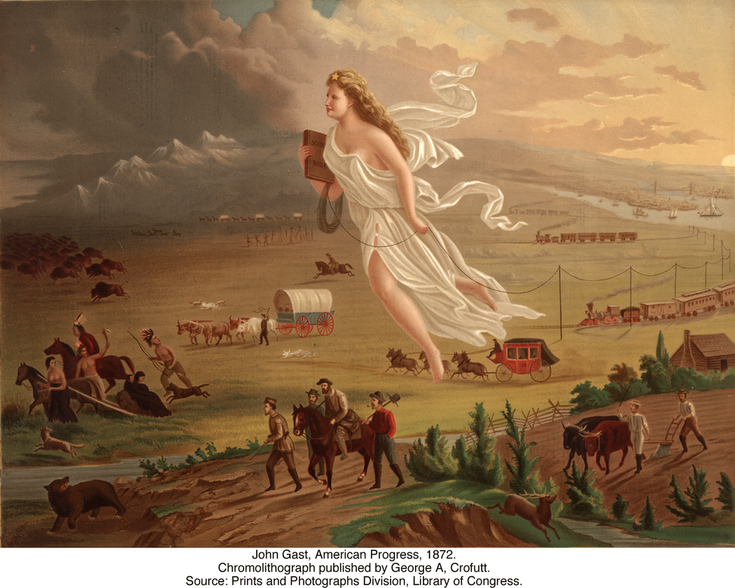How the West Was Lost

“Nice place you’ve got here,” said Tink Tinker, member of the Osage Nation and Theologian, “how did you get it?” This startling question opened Tinker’s lecture to a standing-room-only crowd at Chautauqua on Tuesday afternoon, July 22. A few knew that Iroquois Indians had lived on Lake Chautauqua long before the Methodists came in 1874. But just what was the provenance of this choice piece of property? The audience did not know; such a question left us stunned and silent. The title of Tinker’s lecture, a part of Chautauqua’s week-long focus on the American West, was an Indian’s response to the common theme, “How the West Was Won.” To illustrate the importance of hearing differing viewpoints, he gave examples of the way stories shape us:
- Wives take on the stories abusive husbands tell them: “she had it coming” and believe that they are at fault
- Wealthy people tell stories of capitalism: “we worked hard to earn our money” and omit any exploitation that occurred
- School textbooks in the early 1900s characterized Indians in derogatory terms: “they were asking for it, they were savages”
- In the 21st century, most Americans are still stuck in the romance of American Exceptionalism, unthinkingly accepting that the Pilgrims were chosen by God to come to America (the new Jerusalem) and overcome the natives (the Canaanites).

Tinker called this widely-distributed print by John Gast “ghastly,” and asserted that this image and the one-sided story it represented exonerated all kinds of evil. American Indians’ economy was destroyed by American “progress.” School children learned that Christopher Columbus “discovered” America, but they rarely heard that he killed and enslaved thousands of Indians in Hispaniola. We must recognize, he insisted, that Europeans took this country by force and we must come to terms with the truth of our history. For example, look at these events from the Indians’ point of view:
- Pequot War of 1637 – Under the leadership of Captain John Mason from Connecticut and Captain John Underhill from Massachusetts Bay Colony, English Puritan troops, with the help of Mohegan and Narragansett allies, burned the Pequot’s village and killed the estimated 400-700 Pequots inside.
- George Washington’s 1779 campaign against the Iroquois in Ohio and New York destroyed 40 Iroquois towns and killed thousands. GW may be called the “Father of Our Country,” but not by Indians.
- Sand Creek Massacre of 1864 – 300 people were slaughtered by a US Cavalry unit led by a Methodist minister, John Chivington.
- Wounded Knee Massacre, 1890 – US Cavalry disarmed, then killed 150 sick, lame Lakota Indians, injuring 51 more.
- My Lai Massacre, Vietnam, 1968 – mass killing of between 347 and 504 unarmed civilians in South Vietnam, committed by U.S. Army soldiers. Victims included men, women, children, and infants. Some of the women were gang-raped and their bodies mutilated.
Citing recent atrocities in Iraq and Afghanistan, Tinker asked “when will it stop?” He answered in an article in the Chautauquan Daily:
My white relatives will not be completely healthy on this continent until they own their history of violence, and that means they have to clear that narrative of romance, of this romanticism, and to deal with some of the actualities of Christian conquest,” he said. “What I’m suggesting is a call to reinvent America, to tell the narrative differently, to begin to own that history of violence. If we could own that history of violence, we might be less threatening in U.S. foreign policy, for instance.”
Leave a Reply